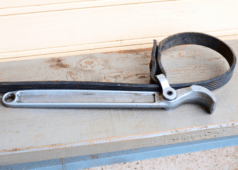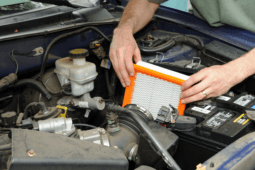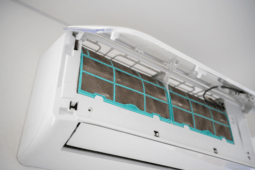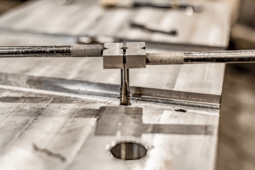How to Insulate a Garage for Maximum Efficiency
Insulating your garage can be a game-changer for both comfort and energy efficiency. Whether you use your garage as a workshop, a storage space, or simply to park your car, insulating it can make a significant difference in temperature regulation and energy costs. In this guide, we’ll walk you through the process of how to insulate a garage effectively and efficiently. Let’s dive right in!
The Benefits and Importance of Insulating Your Garage
Insulating your garage is more than just a convenience; it offers numerous benefits. Firstly, it helps maintain a stable temperature, keeping the space warmer in the winter and cooler in the summer. This can be particularly beneficial if you use your garage for activities other than parking your car, such as a workshop or a home gym. Secondly, insulation can reduce energy costs by minimizing the amount of heat that escapes during the winter and the cool air that leaks out during the summer. This can lead to significant savings on your energy bills over time.
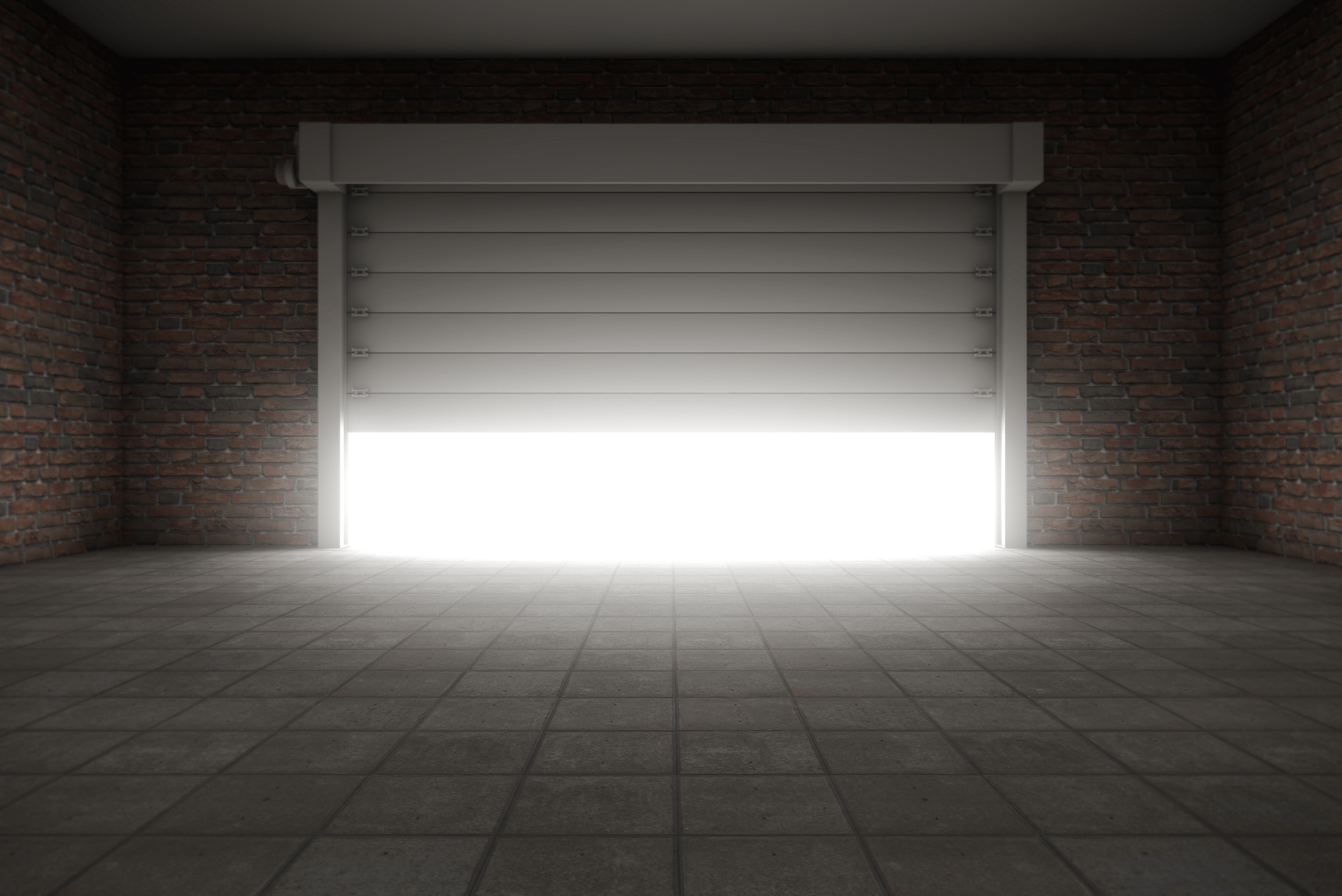
Moreover, insulation can also provide a sound barrier, reducing noise both inside and outside the garage. This can be especially useful if your garage is attached to your home or if you live in a noisy neighborhood. Finally, insulating your garage can increase the overall value of your home, making it a worthwhile investment if you plan to sell in the future.
Factors to Consider When Choosing the Type of Insulation for Your Garage
When it comes to insulating your garage, there are several types of insulation to choose from, each with its own set of advantages and disadvantages. The most common types include fiberglass batts, rigid foam boards, spray foam, and reflective insulation. Fiberglass batts are the most affordable and easiest to install, but they are not as effective in extremely cold or hot climates. Rigid foam boards offer excellent thermal resistance but can be more expensive and difficult to cut to size.
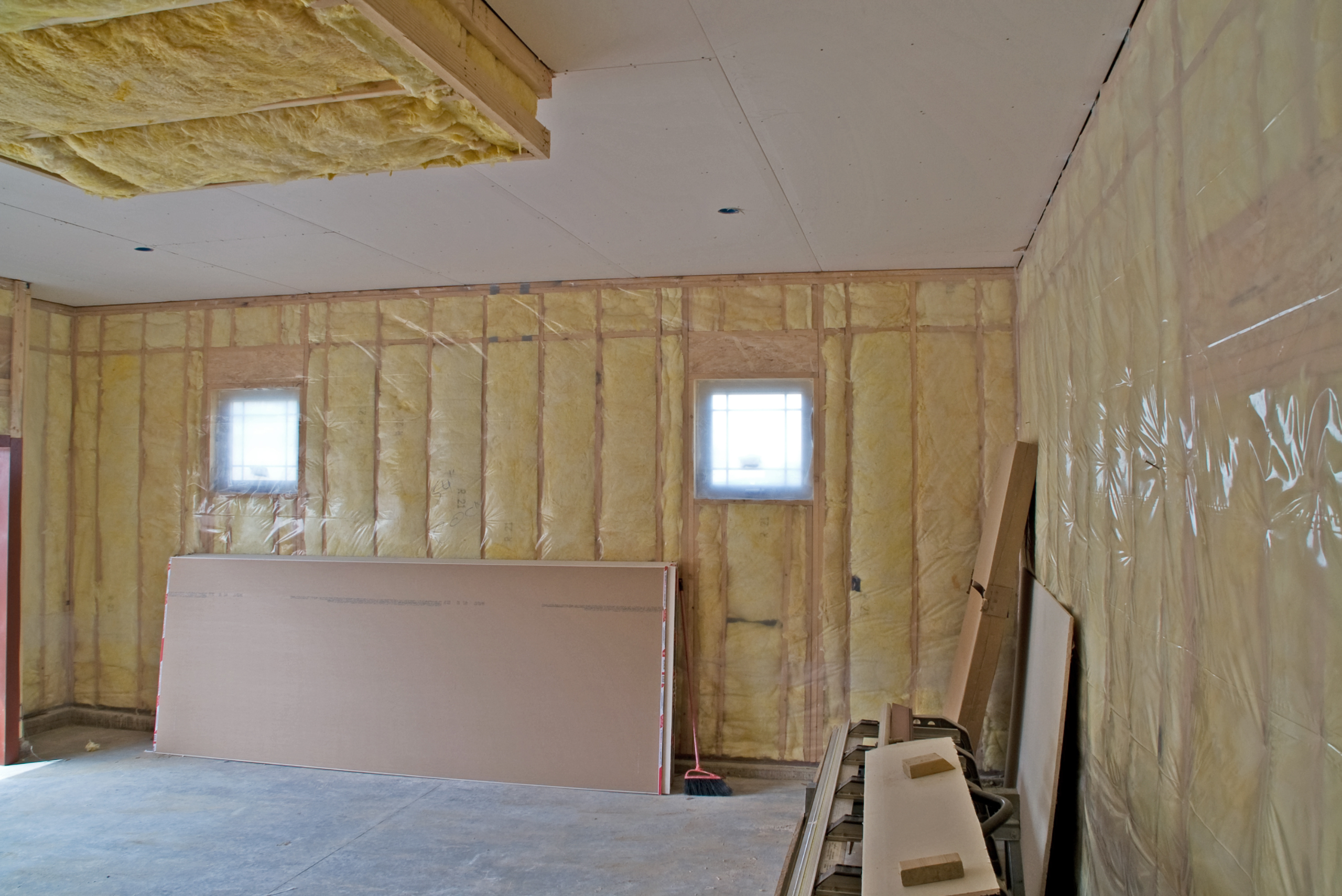
Spray foam insulation provides the best air-sealing properties and high R-values, but it requires professional installation and can be costly. Reflective insulation is ideal for garages with limited wall space, as it reflects heat away from the surface, keeping the interior cooler. When choosing the right insulation, consider factors such as your budget, climate, and the primary use of your garage. It’s essential to select an insulation type that meets your specific needs and provides the best value for your investment.
Steps to Properly Insulate Your Garage Walls
Insulating your garage walls is a straightforward process that most DIY enthusiasts can accomplish. Begin by measuring the walls to determine the amount of insulation material you’ll need. Based on your earlier research, purchase the appropriate type and amount of insulation. Next, remove any existing drywall or paneling to expose the wall studs. Check for any gaps or cracks in the walls and seal them with caulk or spray foam to prevent air leaks.
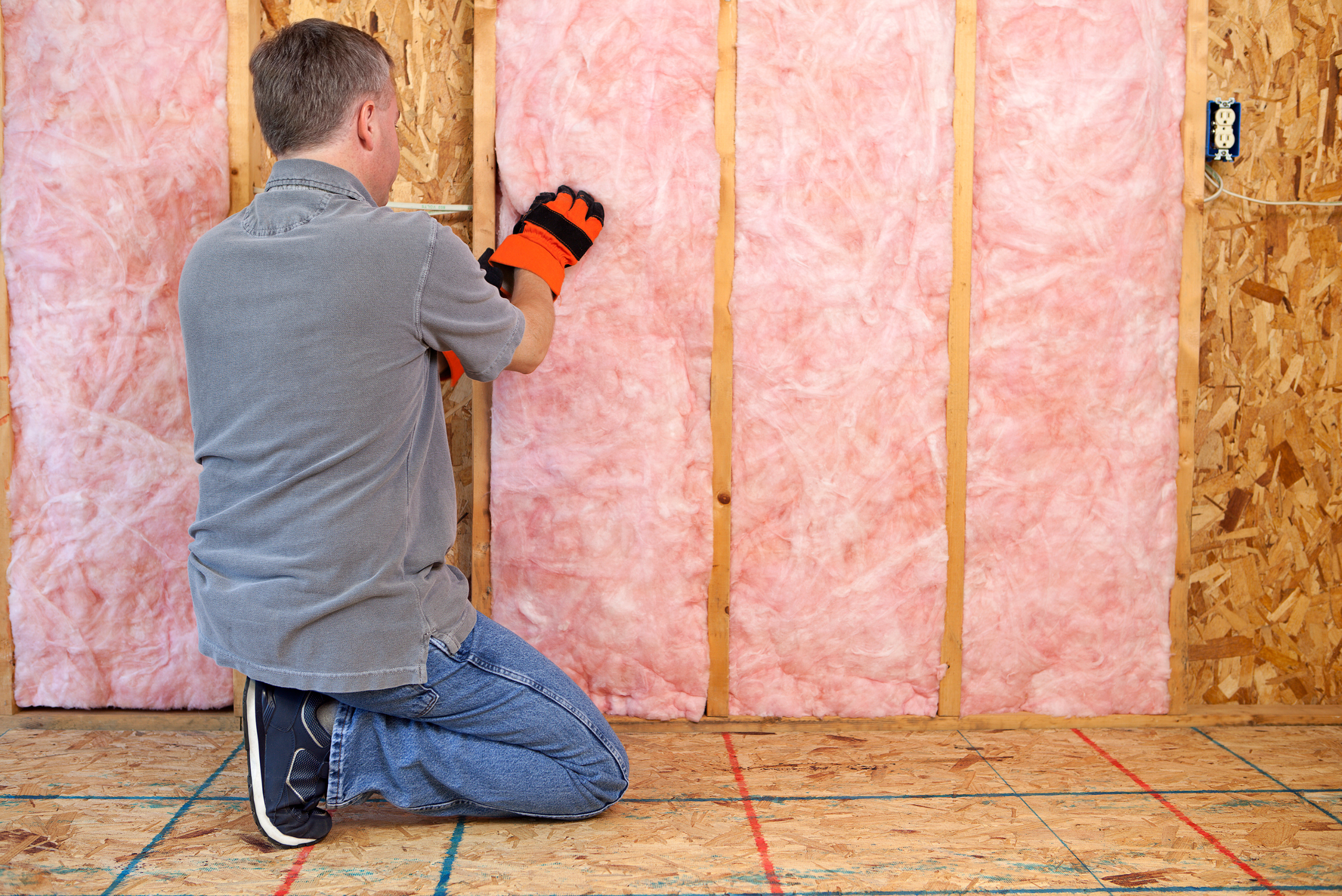
Once the walls are prepped, cut the insulation material to fit between the wall studs. If you’re using fiberglass batts, make sure they are snug but not compressed, as this can reduce their effectiveness. For rigid foam boards, you may need to use adhesive or mechanical fasteners to secure them in place. After installing the insulation, cover it with a vapor barrier to prevent moisture buildup. Finally, replace the drywall or paneling, and finish the walls as desired. Remember to wear protective gear, such as gloves and a mask, to avoid irritation from the insulation materials.
Insulating the Garage Door and Ceiling
The garage door and ceiling are often overlooked when it comes to insulation, but they play a crucial role in maintaining a comfortable temperature. To insulate the garage door, start by choosing an insulation kit specifically designed for garage doors, which typically includes foam panels or reflective insulation. Clean the door surface and cut the insulation panels to fit each section of the door. Secure the panels with adhesive or clips provided in the kit, ensuring they are firmly in place.
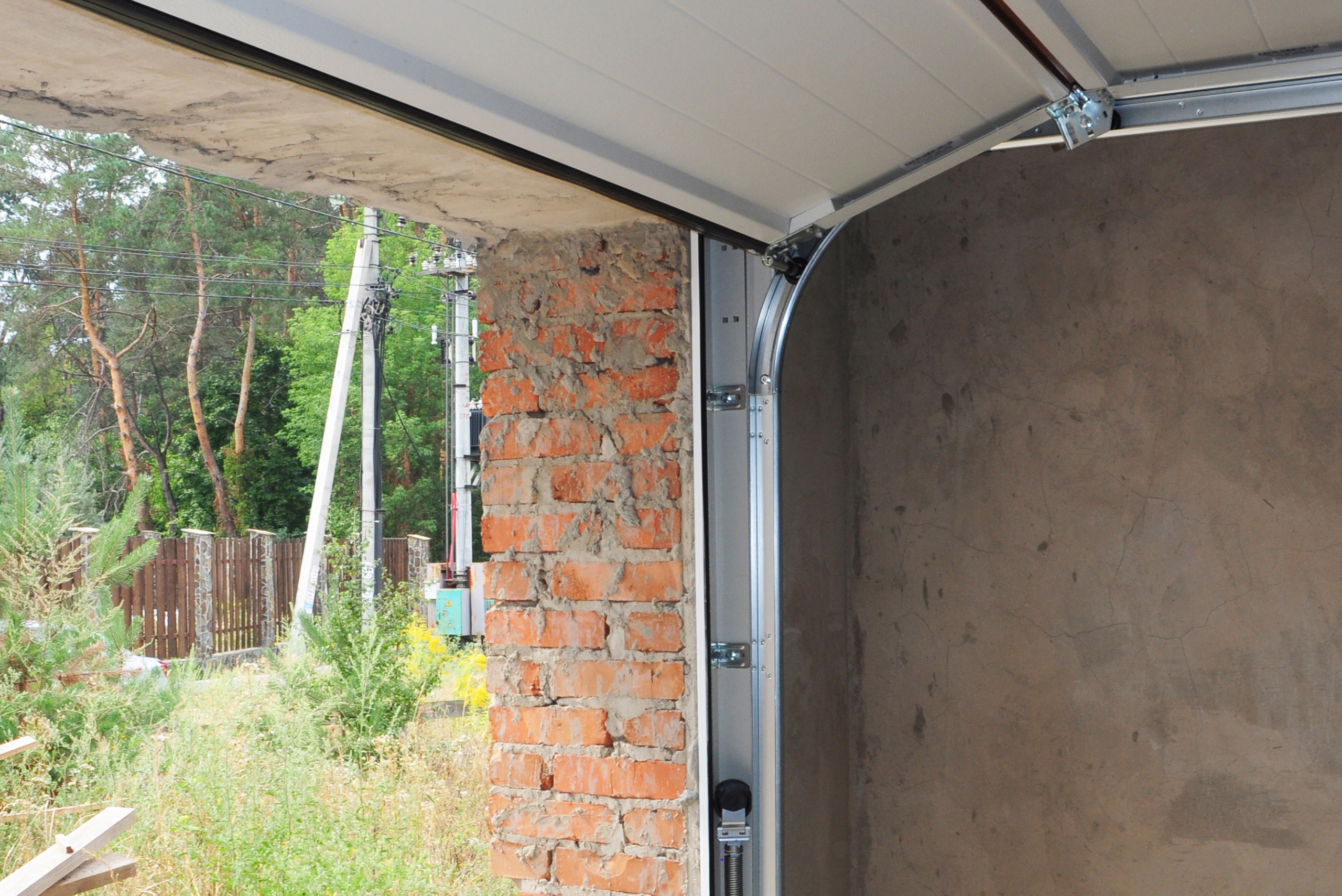
For the garage ceiling, the process is similar to insulating the walls. Measure the ceiling area and choose the appropriate insulation material. If your garage has exposed rafters, you can install the insulation directly between them. For finished ceilings, you may need to remove the existing ceiling material to access the space above. Once the insulation is installed, replace the ceiling material and finish as desired. Properly insulating the garage door and ceiling can significantly improve energy efficiency and comfort, making your garage a more versatile space.
Tips for Long-Term Maintenance of Your Insulated Garage
Once your garage is insulated, it’s essential to maintain it to ensure long-term efficiency and performance. Regularly inspect the insulation for any signs of damage or wear, such as gaps, tears, or moisture buildup. Address any issues promptly to prevent further damage and maintain the insulation’s effectiveness. Additionally, check the seals around the garage door and any windows or vents to ensure they are still intact and provide a proper seal.
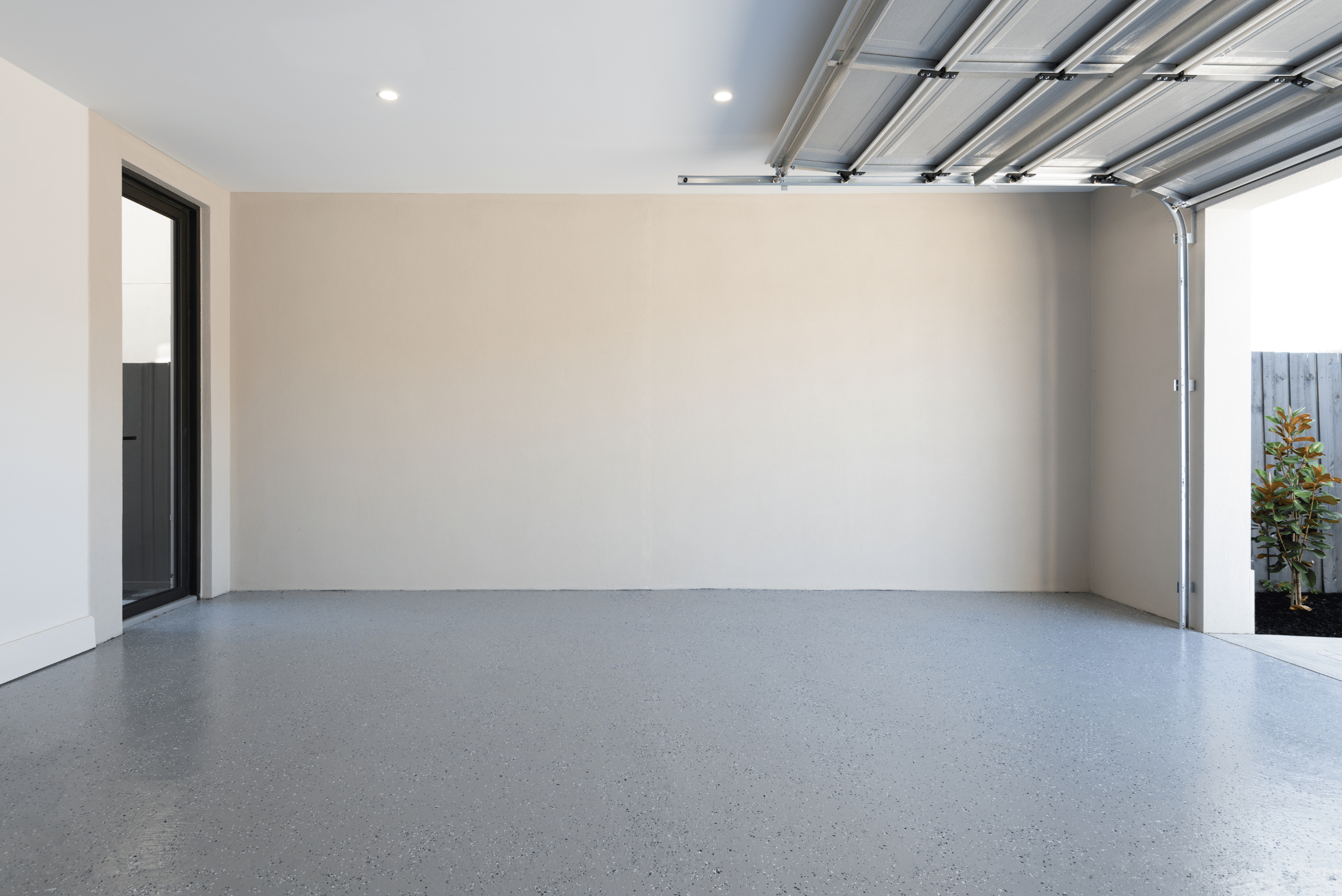
It’s also a good idea to keep the garage clean and organized, as clutter can obstruct airflow and reduce the efficiency of the insulation. Consider installing shelving or storage solutions to keep items off the floor and away from the walls. Finally, if you notice any significant changes in temperature or energy bills, it may be worth having a professional inspection to identify any potential issues with the insulation. With proper maintenance, your insulated garage can provide years of comfort and energy savings.
Related Articles
- Garage Shelving Ideas for a Tidy and Organized Space
- 14 Top Tips to Declutter Your Garage in No Time
- Garage Lighting Ideas That Will Totally Brighten Your Space
Insulating your garage is an investment that pays off in numerous ways, from improved comfort and energy efficiency to increased home value. By understanding the benefits, choosing the right insulation, and following proper installation and maintenance practices, you can transform your garage into a more functional and enjoyable space. Whether you use it as a workshop, a home gym, or simply for parking, a well-insulated garage can enhance your overall living experience. Take the time to insulate your garage properly, and enjoy the benefits year-round.
Ready to start your next project? Join our DIY community to receive tool tips, how-to guides, and exclusive creative insights. Subscribe to the ManMadeDIY newsletter now! Click here to unlock a world of hands-on inspiration.

